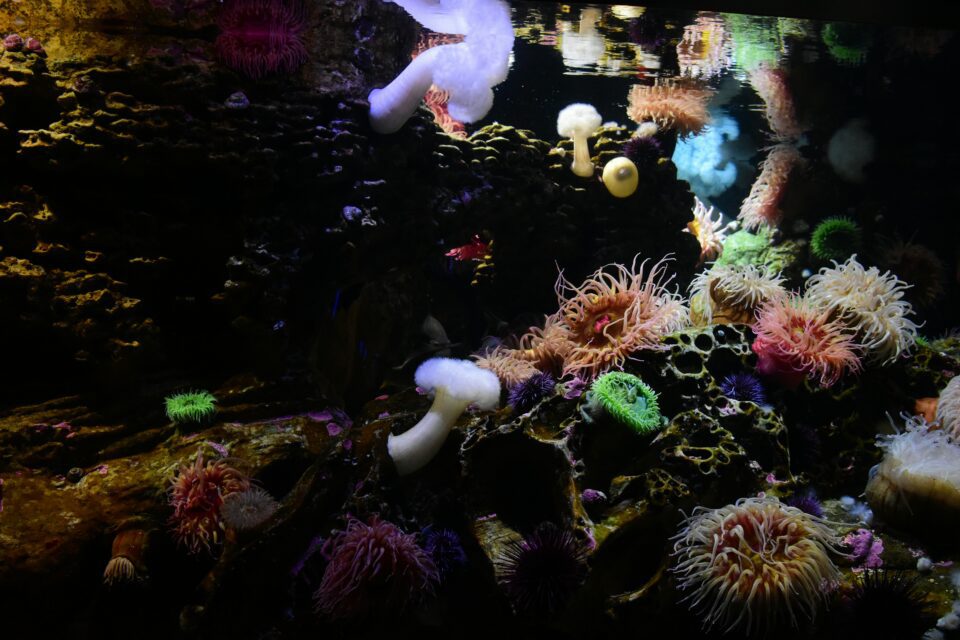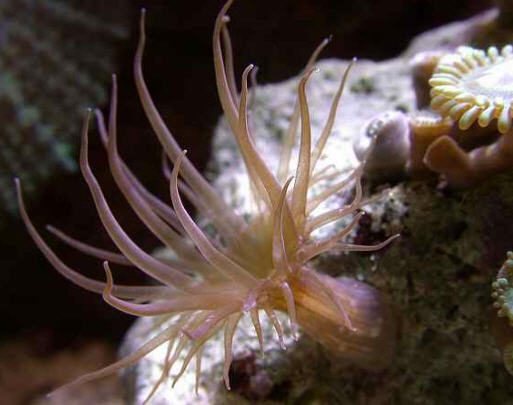How to Effectively Eliminate Hair Algae in Your Aquarium
Are you frustrated with the growth of hair algae in your aquarium? Have you tried different methods, but the problem seems to persist? We understand your concerns, and we’re here to help. In this comprehensive guide, we’ll discuss the causes of hair algae, and how to get rid of them effectively. With our expert advice, you’ll be able to maintain a healthy and algae-free aquarium in no time.
What is Hair Algae?
Hair algae are one of the most common types of algae that can grow in an aquarium. They are thin, thread-like strands that usually grow on the surface of the substrate, rocks, and aquarium glass. Hair algae can be green, brown, or black in color and can quickly overrun your aquarium if not controlled.
Causes of Hair Algae Growth
Hair algae grow when there is an imbalance of nutrients and lighting in the aquarium. Too much light and nutrients such as nitrates and phosphates can promote their growth. Additionally, poor water flow and filtration can contribute to the growth of hair algae. High levels of dissolved organic matter (DOM) can also trigger hair algae growth.
How to Get Rid of Hair Algae
Getting rid of hair algae can be a daunting task, but it’s not impossible. Here are some effective ways to eliminate hair algae from your aquarium:
- Reduce Nutrients and Lighting: Hair algae thrive in a nutrient-rich environment, so reducing the levels of nitrates and phosphates in your aquarium can help control their growth. Additionally, limiting the amount of light your aquarium receives can also help to reduce hair algae growth.
- Increase Water Flow and Filtration: Increasing water flow and filtration can help to remove excess nutrients and dissolved organic matter from your aquarium, which can contribute to the growth of hair algae.
- Use Algae-Eating Fish and Invertebrates: Certain fish and invertebrates can help to control hair algae growth by eating them. Some examples include sea urchins, emerald crabs, and sea hares.
- Apply Chemical Treatments: Chemical treatments exist, however, they should be used with caution and following the manufacturer’s instructions. Some chemicals are not safe for invertebrates, and still need to be removed through heavy skimming or water changes when they bind with the excessive phosphates.
- Manual Removal: If all else fails, manual removal can be done using a toothbrush or a scraper. However, this method should only be used for small areas, and care should be taken not to damage your plants and other aquatic life.
How to Prevent Hair Algae
Preventing hair algae growth is much easier than eliminating them. Here are some preventive measures that you can take:
- Regular Water Changes: Regular water changes can help to remove excess nutrients and dissolved organic matter from your aquarium, preventing hair algae growth.
- Balance Nutrients and Lighting: Maintaining a proper balance of nutrients and lighting in your aquarium can help to prevent the growth of hair algae.
- Proper Water Flow and Filtration: Ensuring that your aquarium has proper water flow and filtration can help to prevent the buildup of excess nutrients and dissolved organic matter.
- Use Live Plants: Live plants can help to absorb excess nutrients, preventing hair algae growth.
- Livestock like tuxedo urchins, and Fox Face Rabbitfish look amazing and can prevent hair algae from taking root.
Conclusion
Hair algae can be a nuisance, but with the right approach, they can be controlled and prevented. Regular maintenance and monitoring of your aquarium’s nutrient levels and lighting can go a long way in preventing hair algae growth. Additionally, using algae-eating fish and invertebrates can also help to control their growth. If you do encounter hair algae in your aquarium, our expert tips on how to eliminate them can help you restore a healthy and algae-free aquarium.




